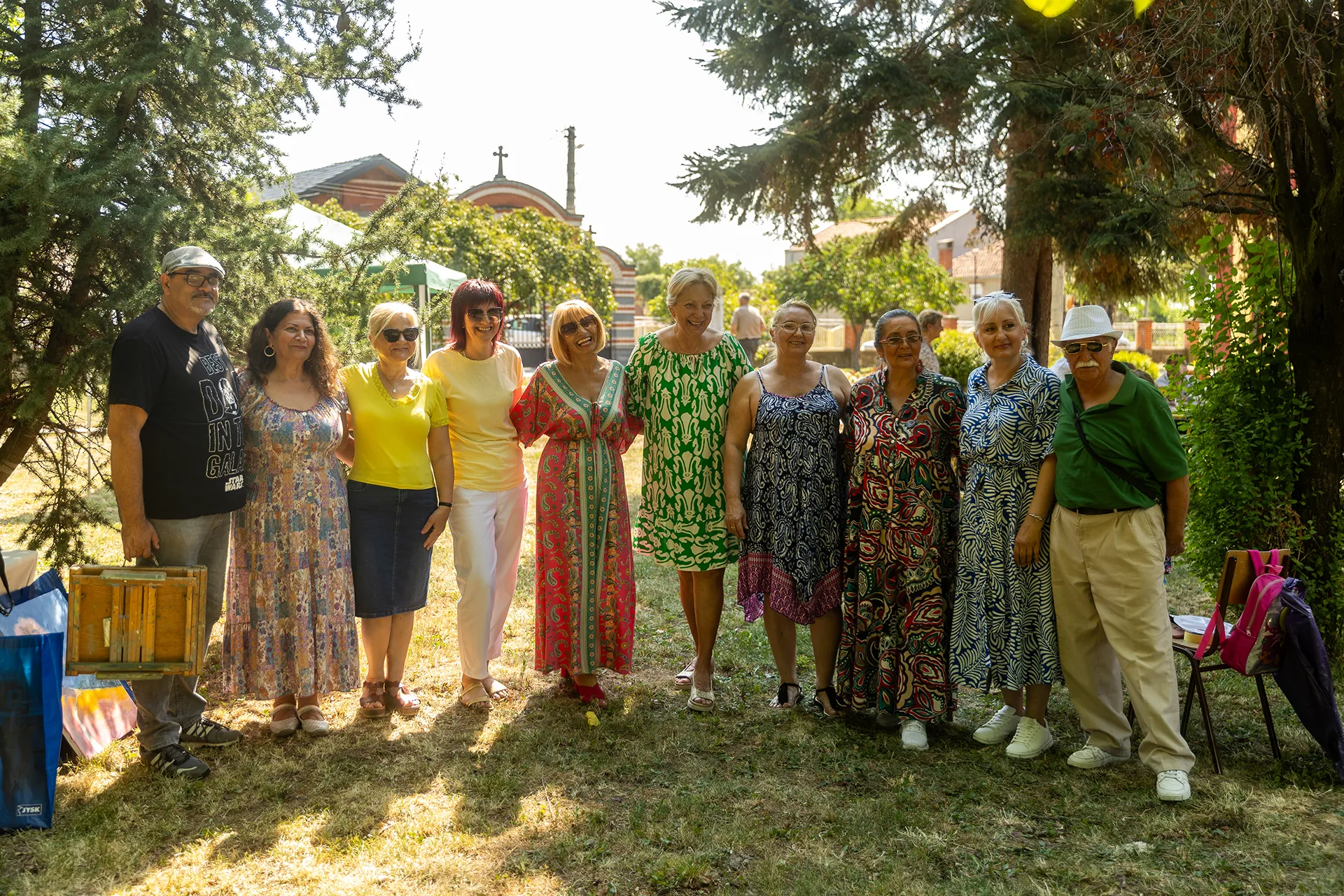How would you describe your experience in organizing the exhibition dedicated to Miodrag Dado Đurić, and how did the cooperation with the Foundation “For the Serbian People and the State, the Serbian Academy of Sciences and Arts, as well as the Plavo Foundation” shape this project?
It was a very nice, intense, and rewarding experience of cooperation, of a real collective work, which showed a sincere, mutual respect, similar to my collaboration with my publisher François-Marie Deyrolle (Éditions L’Atelier contemporain) – in my view, the key of the success of the event.
2. The exhibition “Dado: History of Nature 1953-2000” was an extremely significant event. What do you think is the key element of his art that should be highlighted and recognized, both in Serbia and in the international community?
His deep love and fascination for nature (“Mother Nature” as he used to call it), engrained from his very early childhood, thanks to his mother Vjera and his grand-father Jovan Kujačić.
3. You were the author of the exhibition and its creator. Were there any challenges in the process of creating this exhibition project and what emotions did you experience during the preparation?
The short time frame was certainly one of the main challenges, but the deep commitment of the team, the generosity of the collectors made a real difference. I see now this event as the achievement of a 14-year work on my father’s legacy, and I am also extremely proud that we published the monograph Dado. The Phenomenon of Life Through Painting, which I hope will become a book of reference on Dado.
4. In your work for the journal “Progress” you dealt with the work of your father. Given that this thematic issue deals with the relations between the two countries, how, in your opinion, can art and culture be used as a bridge to strengthen those relations?
It is precisely the power of great art to open audience’s minds to other universes and cultures – thanks to its universal dimension. A better knowledge of the other’s culture is the key to a successful, harmonious relationship between two countries, and I think it is very true in the case of France and Serbia, all the more in the light of the strong historic bonds between the two nations. I hope that Dado’s work will contribute to this important process.
5. What is it like to be the daughter of such a great artist as Miodrag Dado Đurić? Is it difficult to approach his work objectively, or did you manage to distance yourself and look at it from an artistic and not just a personal perspective?
I would say that I always oscillate between both approaches! It comes from the fact that I have this personal connection with my father’s work from my early childhood, a kind of instinctive, sensitive understanding of it, and, at the same time, a more scientific approach, fueled by our researches and multiple discoveries through the last 15 years – like I always say, his universe is at the measure of the interpretation of his work: infinite.
6. Through the exhibition, you showed us many phases of Dado’s art. Which part of his work do you consider the most important or influential, and why did you decide to make it the focus of the exhibition?
Both the early and late years, as they show this magisterial coherence of the work, of the universe of an artist who never ceased to reinvent himself – which is an ability shared by only a happy few.





